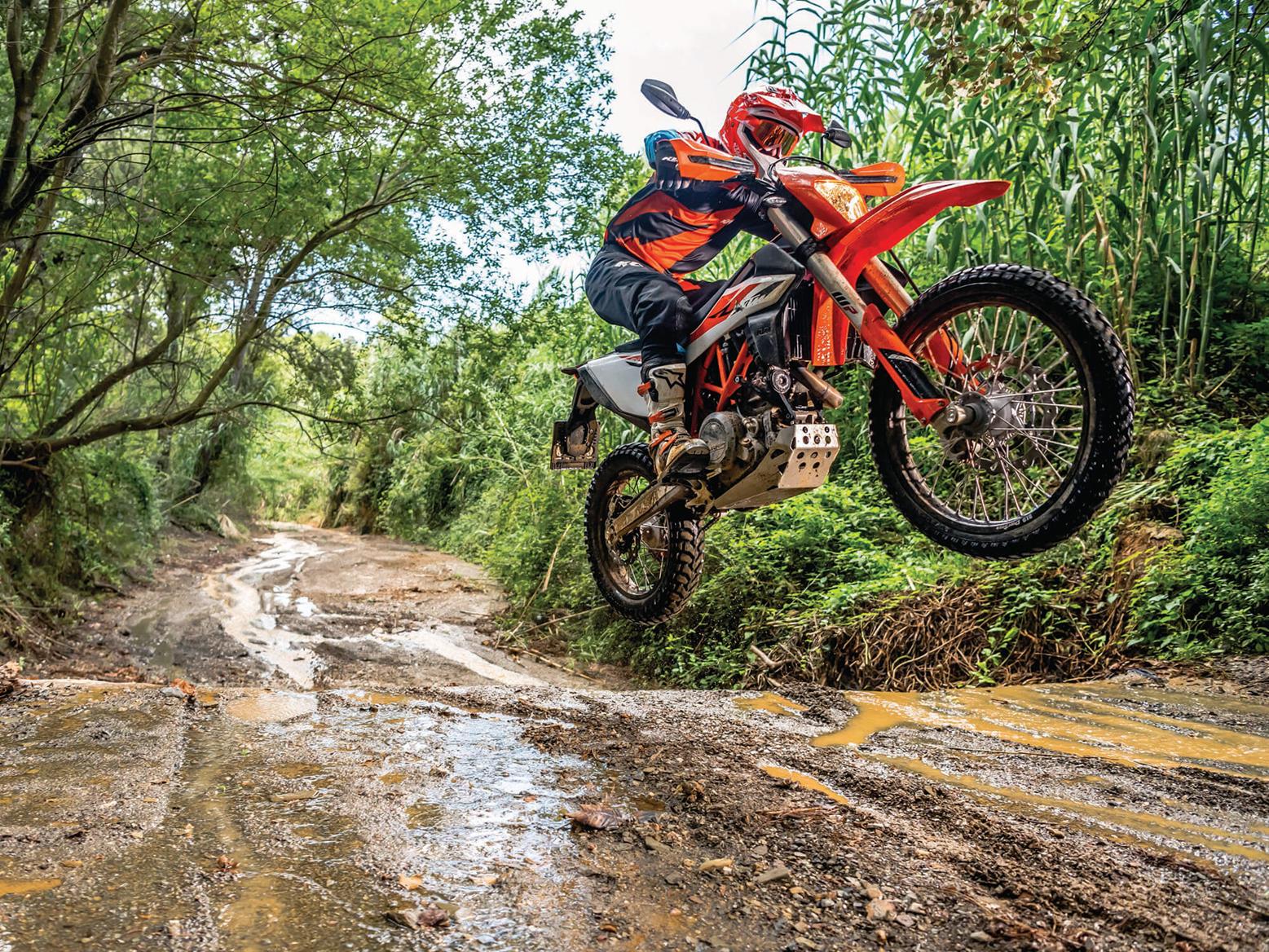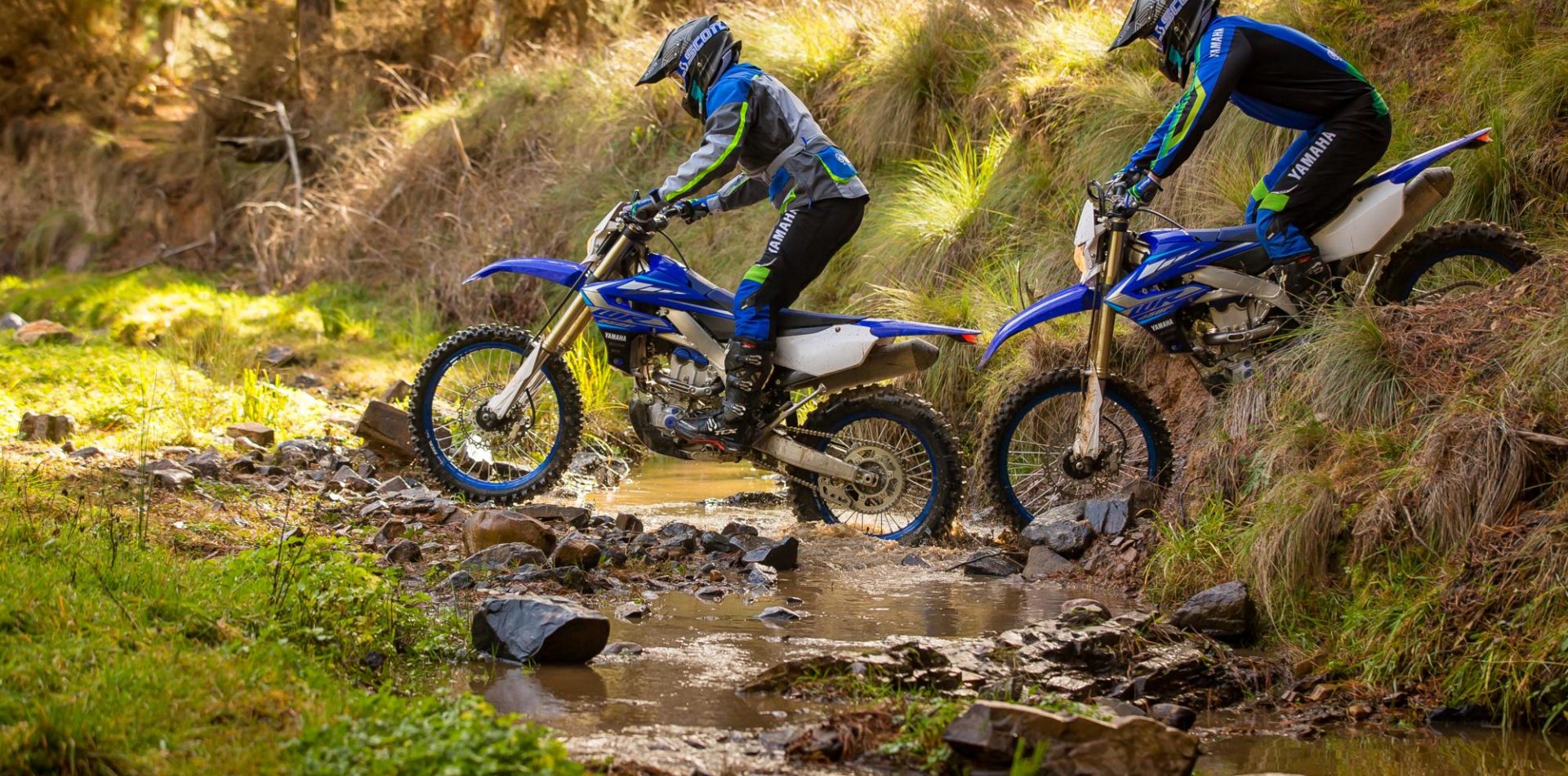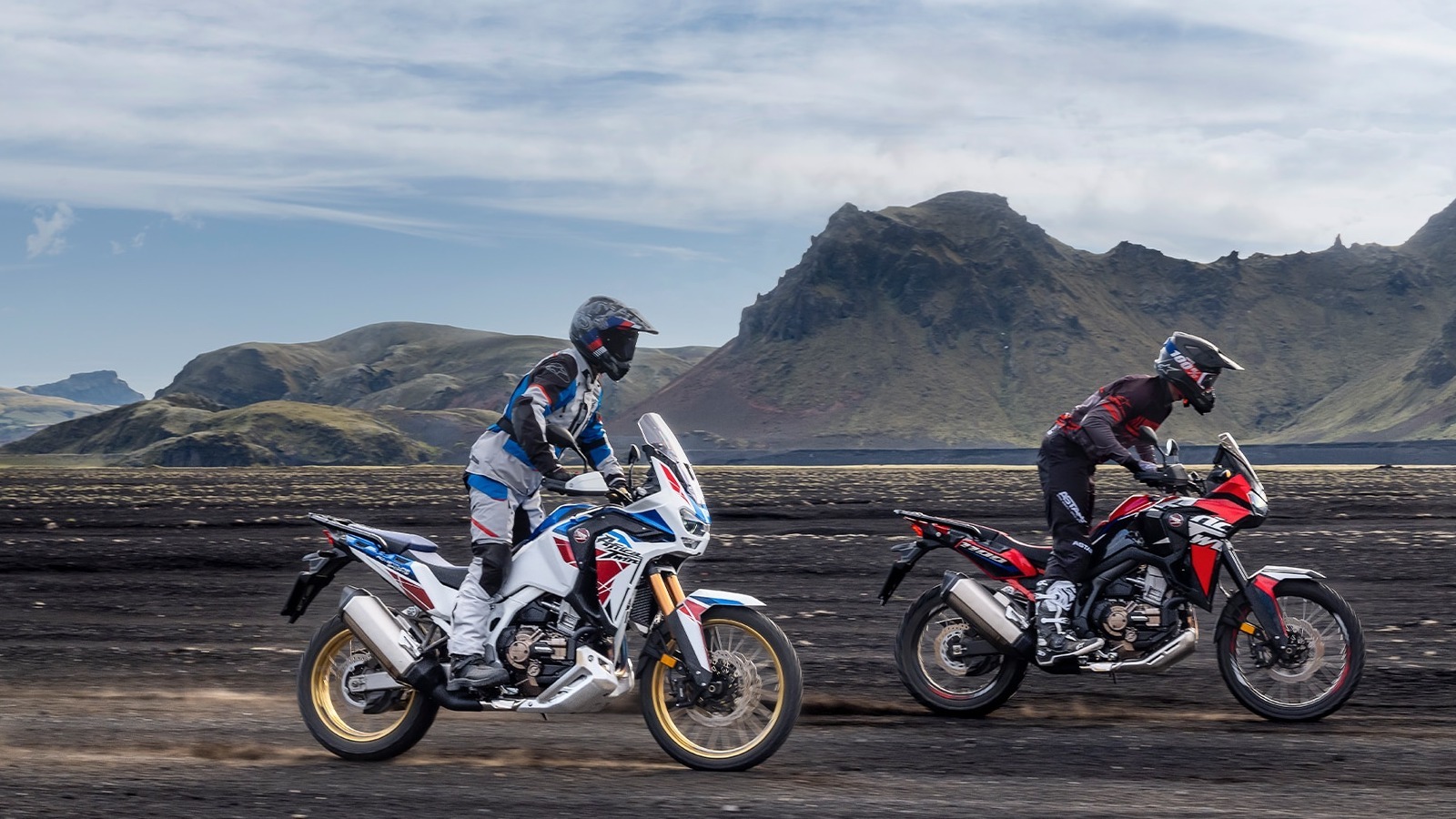On Road And Off Road Motorcycle

Motorcycle accidents, involving both on-road and off-road vehicles, are surging across the nation, demanding immediate attention from law enforcement and rider communities. Recent data indicates a sharp increase in incidents, highlighting the urgent need for enhanced safety measures and rider education.
Rising Motorcycle Accidents: A Dual Threat
The rise in motorcycle accidents encompasses both traditional street bikes and off-road machines, including dirt bikes and ATVs. This trend presents a complex challenge, requiring a multi-faceted approach to mitigation.
On-Road Motorcycle Accidents Surge
Preliminary statistics from the National Highway Traffic Safety Administration (NHTSA) reveal a 12% increase in on-road motorcycle fatalities in the first half of this year compared to the same period last year. The data points to factors such as increased traffic congestion, distracted driving, and inadequate rider training.
California, Texas, and Florida remain hotspots for on-road motorcycle accidents, accounting for a significant percentage of nationwide incidents. Speeding and alcohol impairment continue to be major contributing factors in these accidents.
Off-Road Motorcycle Accidents Spike
The trend extends beyond paved roads. Reports from the Consumer Product Safety Commission (CPSC) indicate a concerning rise in off-road vehicle accidents, including those involving dirt bikes, ATVs, and other recreational vehicles.
Emergency rooms across the country are reporting a surge in injuries related to off-road accidents. Children and young adults are particularly vulnerable, often lacking the necessary experience and protective gear.
Contributing Factors: A Deeper Dive
Several factors contribute to this alarming trend. Inadequate rider training, lack of proper safety gear, and increasing levels of distracted driving all play significant roles.
Off-road, unregistered vehicles and reckless operation on public land increase risk. Limited regulation and poor enforcement in remote areas exacerbate these risks.
Lack of Rider Training
A substantial number of motorcycle accidents involve riders who have not completed formal training courses. These courses equip riders with essential skills and knowledge to navigate challenging road conditions and avoid potential hazards.
For off-road vehicles, formal safety courses are less frequently taken by riders, often leading to improper handling and risk assessment, especially in varied terrains.
The Role of Safety Gear
The importance of wearing proper safety gear cannot be overstated. Helmets, protective jackets, and reinforced riding boots can significantly reduce the severity of injuries in the event of an accident.
In off-road riding, gear such as chest protectors, knee braces, and neck supports are also vital. Neglecting this gear increases the likelihood of severe injuries from impacts with the ground or other objects.
Distracted Driving: A Growing Threat
Distracted driving, fueled by mobile phone use and other in-vehicle technologies, is a major contributor to motorcycle accidents. Motorists who are not paying full attention to the road are more likely to overlook motorcycles, leading to collisions.
While distracted driving affects on-road incidents, it also plays a role off-road with drivers of support vehicles or those operating ATVs without focus.
Immediate Action Needed: Addressing the Crisis
Law enforcement agencies, rider organizations, and government officials are collaborating to address this escalating crisis. Increased enforcement, enhanced rider education, and public awareness campaigns are crucial steps.
There is a push for stricter regulations on off-road vehicle usage, including mandatory registration and safety inspections. Enhanced enforcement of existing laws is also critical.
Law Enforcement Intensifies Efforts
Police departments across the country are increasing patrols and implementing targeted enforcement campaigns to address speeding, impaired driving, and other traffic violations. These efforts aim to deter reckless behavior and improve road safety for all users.
Off-road, state and federal agencies are collaborating to increase patrols in popular riding areas and enforce regulations regarding vehicle registration, helmet use, and environmental protection.
Rider Education Programs Expand
Motorcycle safety organizations are expanding their training programs and offering advanced courses to help riders improve their skills and awareness. These programs cover topics such as hazard perception, defensive riding techniques, and emergency braking maneuvers.
Off-road riding groups are organizing safety clinics and workshops, teaching riders proper techniques for navigating challenging terrain and avoiding common hazards.
Public Awareness Campaigns Launched
Public awareness campaigns are being launched to educate motorists about motorcycle safety and encourage them to be more vigilant when sharing the road. These campaigns utilize various media platforms to reach a wide audience.
Similar campaigns are targeting off-road enthusiasts, emphasizing the importance of wearing safety gear, riding responsibly, and respecting the environment.
Next Steps and Ongoing Developments
The situation is dynamic. Further data analysis is needed to understand the long-term trends and identify the most effective interventions.
Legislation is being considered in several states to strengthen motorcycle safety laws and increase penalties for reckless driving. The outcome of these legislative efforts will have a significant impact on future safety outcomes.
Increased collaboration between all stakeholders – law enforcement, riders, manufacturers, and policymakers – is essential to effectively address this ongoing crisis and prevent further tragedies.

















